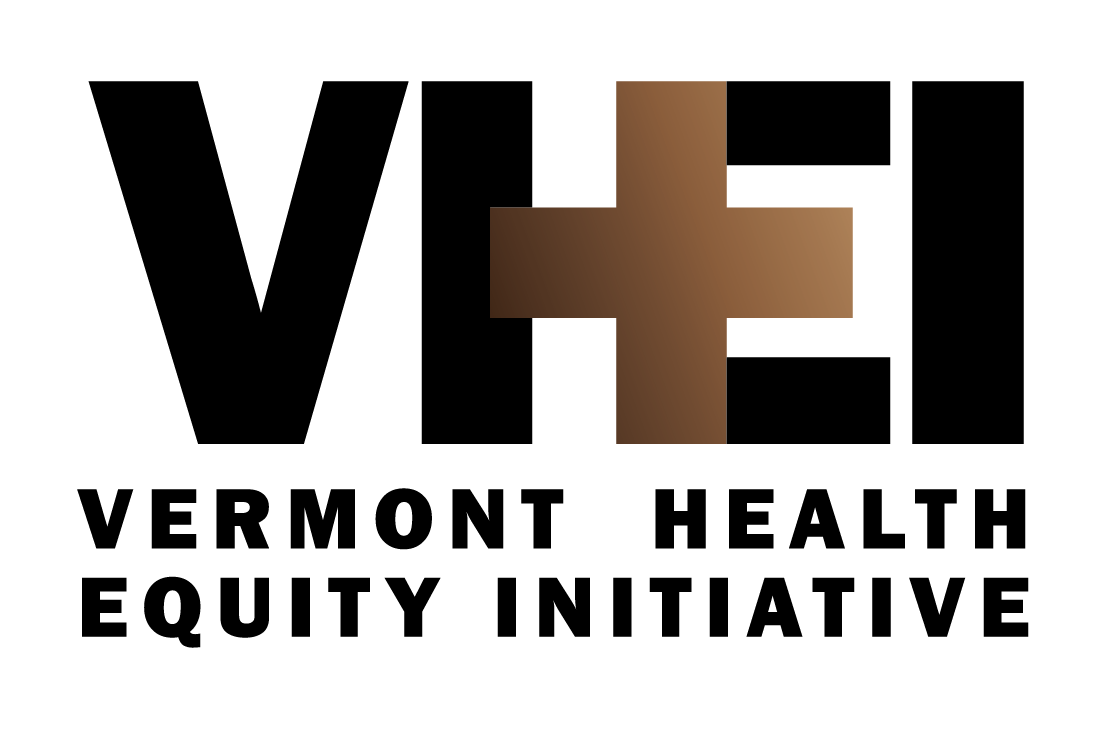Why Are BIPOC Communities Less Likely To Receive Oral Care And Treatment?
By Hanna Blankenship
African American males have a relatively high rate of oral cancers, are typically diagnosed at later stages of the disease than other racial groups, and have a significantly lower 5-year survival rate.
The Problem:
Dental care has been a historically ignored health need in the United States. Dental care is often disregarded in black communities whose access to treatment is negatively impacted by economic and socioeconomic factors.BIPOC communities, in particular, have high rates of tooth decay and tooth loss and reportedly fewer dental visits and preventative treatments throughout their lifetimes than their white counterparts. Education on dental care and treatment options is the first step to creating a system that can adequately support the oral health of all Americans.
What are some of the factors that prevent BIPOC community members from accessing oral care?
Low Income: Dental care is costly when paid out of pocket, like all health care. For those of us with a tight budget for allocating expenses, dentist visits are often not our focus, and our money goes for immediate needs such as food or housing. Those who are low-income or have blue-collar jobs also often cannot afford to take time off work to get dental care. Unfortunately, discrimination makes us less likely to be considered for positions that allow for less scheduling control. For those enrolled in Medicaid, Medicaid programs are not required to provide dental benefits to adult enrollees, so dental coverage varies widely from state to state. Currently, 15 states offer no coverage or only emergency coverage.
Unemployment: Traditional Medicare does not cover routine dental care; therefore, many lose their benefits upon retirement. Others who are unemployed lose the potential private or public health insurance programs under their employer, who might provide affordable dental care for them and their family.
Location: Due to redlining and other forms of inequality, our communities are often denied access to fluoridated water and school sealant programs, healthy foods, and public transportation to get to dental appointments solely due to where they live.
Lack of Representation: Many people fear the dentist and do not go due to mistrust or a lack of comfort. For our community, this fear is heightened when there is a lack of BIPOC dental providers that can explain the importance of oral care in ways that resonate with us and we can trust to provide the best care.
Accessibility: Dentist, like most non-emergency medical centers, are only open during traditional business hours. This poses a struggles for those who don’t have access to reliable transportation. It also is a barrier for those who can’t take paid time off from work or have a flexible schedule. Lastly, for those with children, finding childcare can pose another struggle.
Vermont Focus:
White, non-Hispanic Vermont households have a median income of $63,000, compared with $39,000 for Black Vermonters and $48,000 for Hispanic Vermonters.
25.9% of VT's Black Population is at or below the poverty level
Between 2015 and 2019, the unemployment rate for Vermont's black population was 25% higher than for its white counterparts.
In 2019, the percentage of Vermont dentists accepting new Medicaid patients was 55%
In 2019 there were only 6 or 2% of Vermont dentists who identified as black
To learn more about the importance of dental health, check out the latest issue of Grin! Magazine from our partner Northeast Delta Dental.

